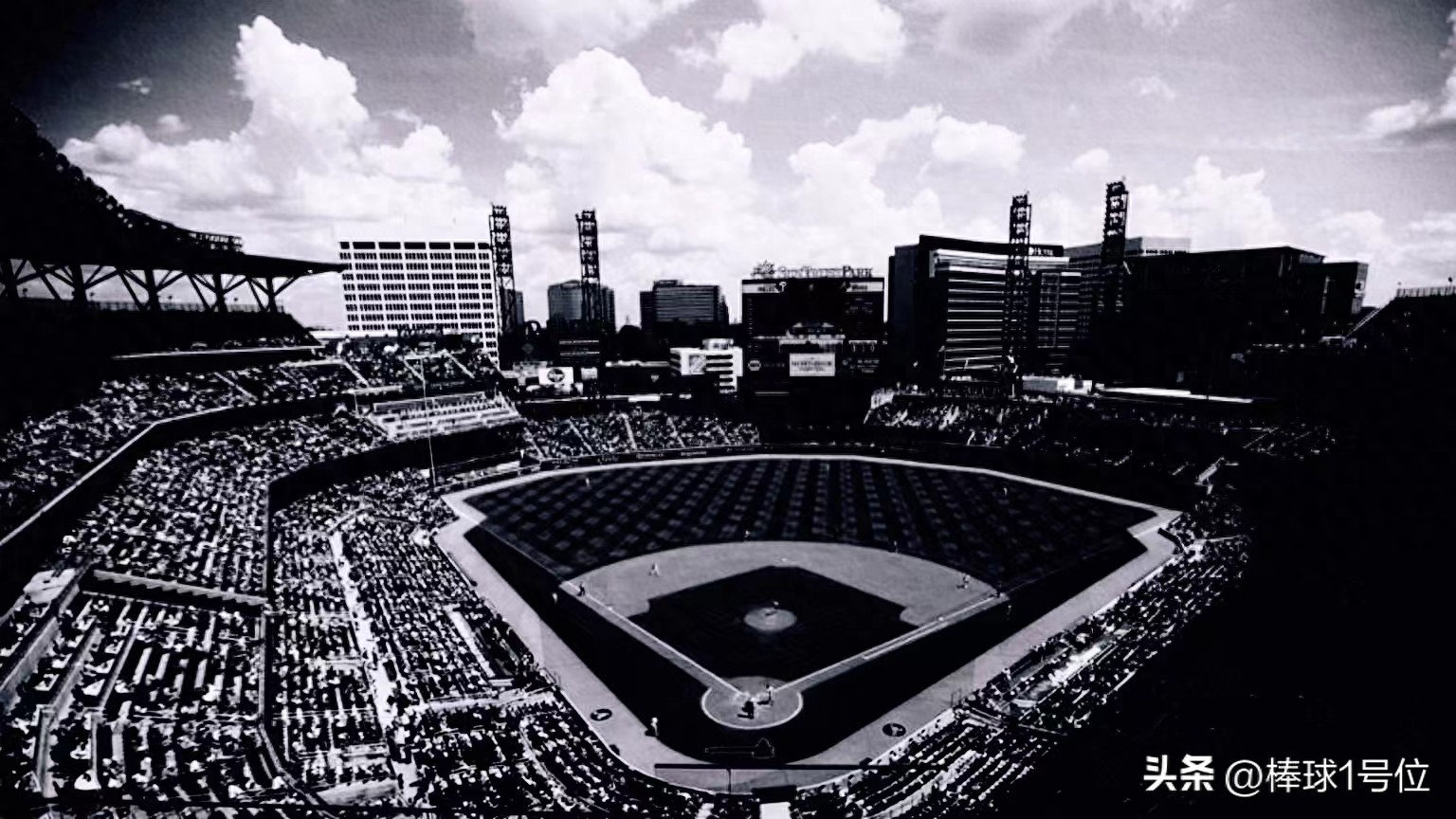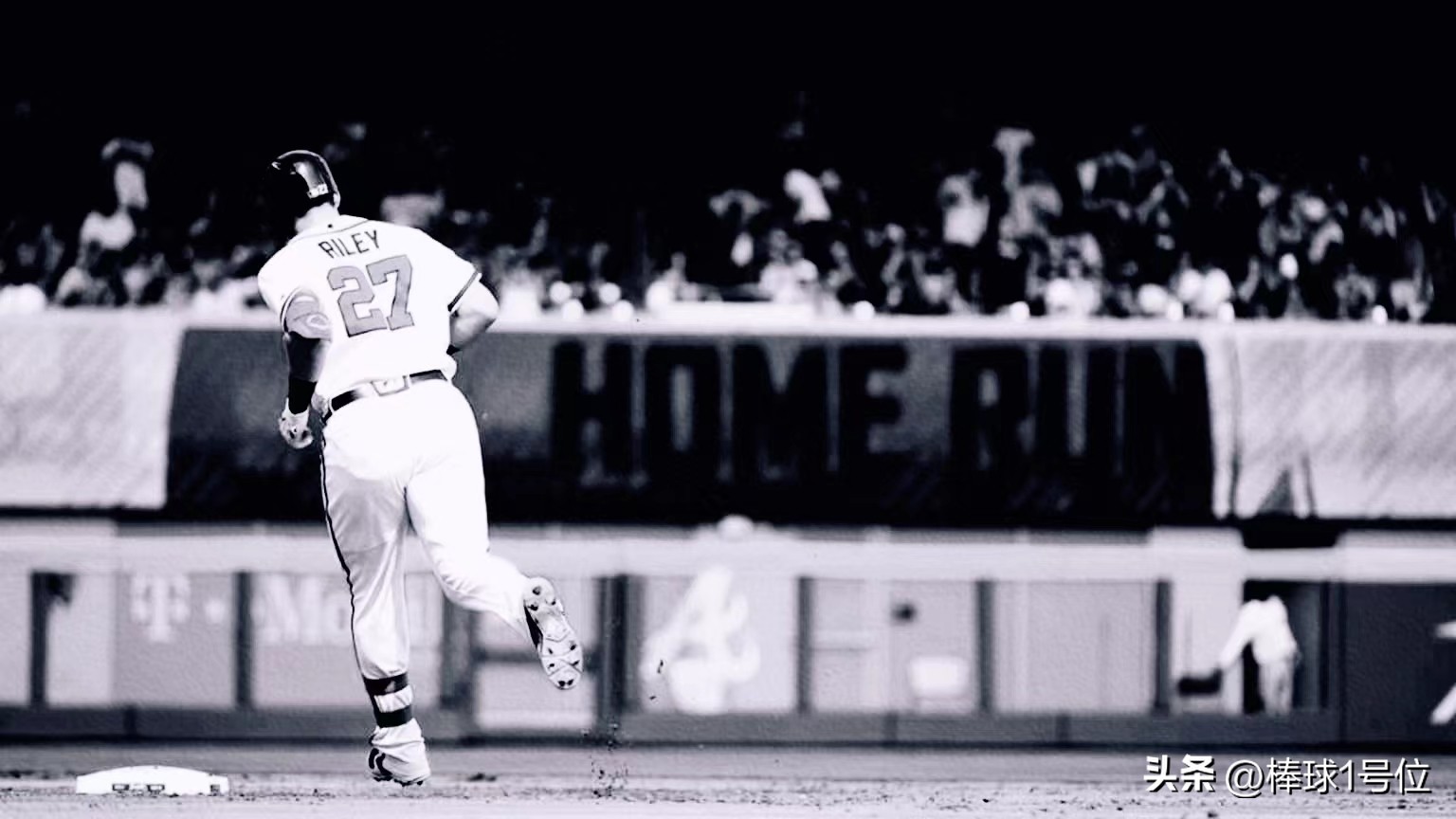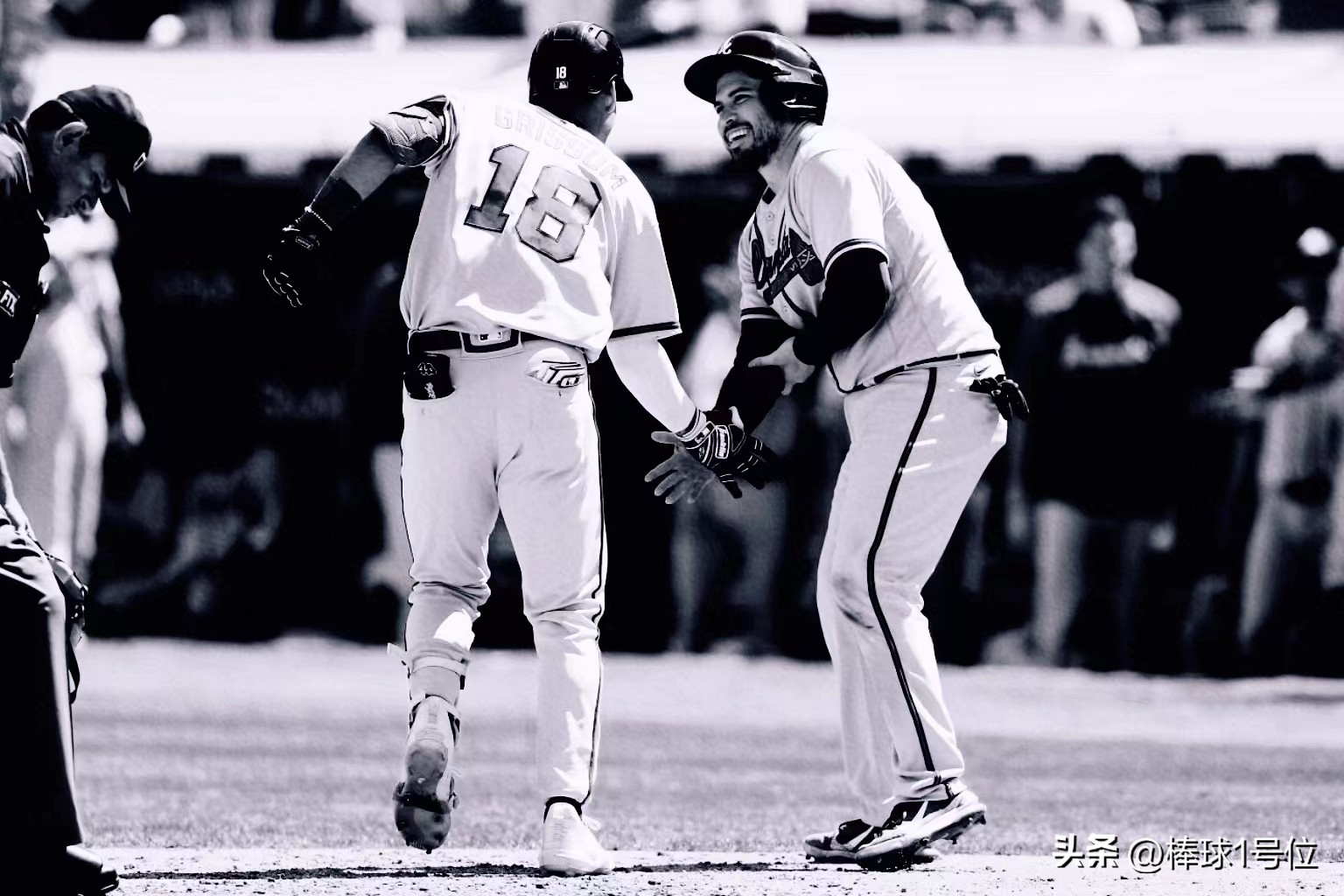Outdoor Sports Safety Tips, Baseball No. 1 Position
In baseball, for example, safety is at the heart of performance in baseball, an outdoor sport that combines strength, speed and strategy. The following are outdoor safety guidelines for the characteristics of baseball, covering three dimensions: equipment, environment, and code of conduct:

1. Scenario-based protective equipment selection
Batting scene
The batsman needs to wear a double protective helmet (inner shock-absorbing foam + outer carbon fiber shell), and the side of the helmet is designed with a wide viewing angle to avoid blind spots
Use non-slip resin gloves (coefficient of friction ≥ 0.8) to avoid the bat coming off your hand
Running base scene
The knee pads are made of honeycomb aluminum structure, and the single impact resistance needs to be ≥500N (simulated sliding impact)
Spikes are screw-down rubber spikes (6-9mm in length) for both grip and steering agility
2. Dynamic environmental monitoring system
Light environment management
Use light-sensitive brim (automatically unfold the sunshade when illuminance > 100,000 lux)
During dusk play, embed a fluorescent coating on the edge of the base pack (glowing time> 2 hours)
Air quality control
Enable nasal filter at PM2.5>75 (filtration efficiency 95% and no impact on breathing rhythm)
When humidity > 80%, it is mandatory to use moisture-wicking perspiration gloves

3. Prevention of biomechanical damage
Pitching action optimized
Through the 3D motion capture system, the angle of internal rotation of the elbow joint is controlled in the range of 85-95° when pitching
Set up eccentric exercises for rotator cuff muscles (e.g., elastic band external rotation deceleration exercises) twice a week ×for 15 minutes
Batting load management
The swing speed monitor triggers an alarm when the swing speed drops by more than 8% in a single training session
Establish a formula for the number of swings: weight (kg) ×1.2 = maximum number of safe swings in a single day (e.g., no more than 84 times for 70kg)

4. Meteorological emergency protocol
Lightning warning response
Install an electric field strength monitor and initiate a three-level response (evacuation within 15 minutes) when the on-site > is 3kV/m
Demarcation of metal object storage area (>30m from the site boundary)
High temperature coping plan
Cooling vest enabled at WBGT index >31°C (PCM energy storage time> 40 minutes)
Use a segmented hydration strategy: 150ml of sports drink containing 12-20 mmol/L of sodium every 20 minutes

5. Site safety topology diagram
Risk coordinated
The site was divided into a 5×5m grid and the historical damage data for each area was labeled
Buffer isolation belt (width ≥3m, pavement shock-absorbing rubber particles) at the boundary of the field
Equipment safety distance
Clearance area behind the net≥18m (calculated based on the swing envelope with a radius of 0.9m of bat length)
The minimum distance between the pitcher's mound and the spectator seat is 7.62m (in accordance with MLB safety regulations)
6. Intelligent first aid system
Wearable monitoring
Integrate EMG sensors into the brace for real-time monitoring of muscle micro-damage (creatine kinase level prediction)
Equipped with an automated external defibrillator (AED) positioning system to ensure that gold can be reached within 4 minutes
Damage Database
Establish an injury prediction model for batter's elbow/catcher's knee (input parameters: training years + action frequency + physical fitness data)
The energy metabolism characteristics of baseball (the proportion of energy supplied by the phosphogen system > 60%) determines that the core of safety management lies in the precise control of explosive movements. It is recommended to use the "3:1 intermittent protection mechanism": after every 3 full swings/pitches, insert 1 technical movement correction exercise. Through the deep integration of sports medicine and engineering technology, this century-old sport continues to unleash the charm of competition within the safety boundary.


Wonderfulshortvideo

chicken jockeyyyyyyy



Mookie Betts 2024 shortstop mixtape was crazy 🔥💿



Kyle Schwarber can mash baseballs.



80-grade bat drop on this walk-off 😤



Juan Soto’s welcome to New York moment 👏



Le pisan la mano y le dio 3 en el mismo juego 🥶🤬😤



this is what we call a WEEEEEEEEE








 Links
Links
 Contact
Contact
 App
App


